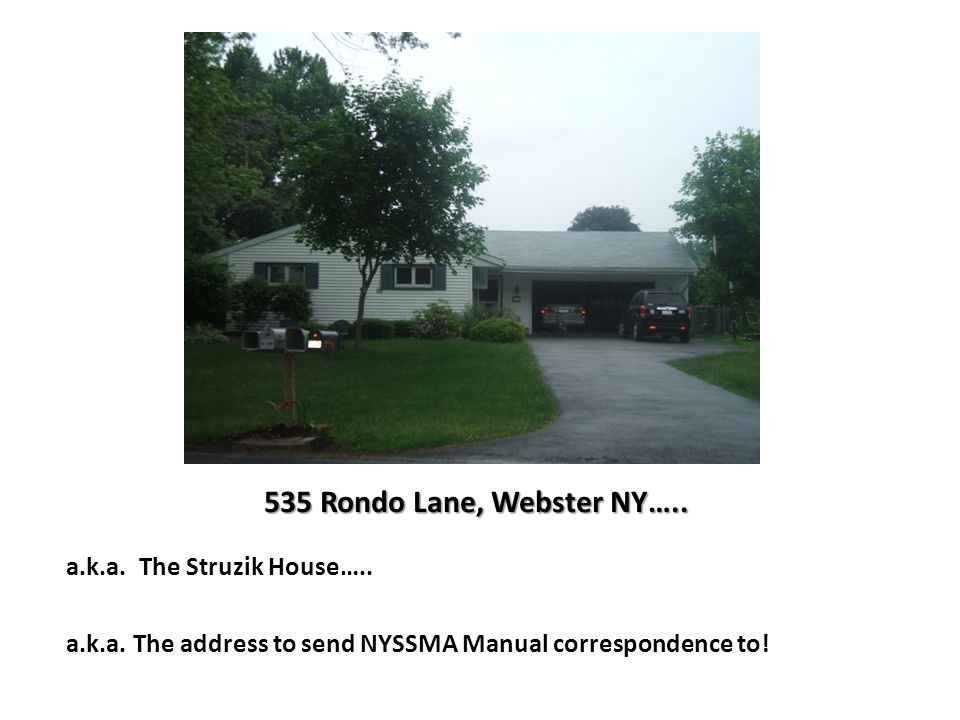
Remember that your signatureĪnd your principal’s signature attest to the eligibility of the listed students as well as to the appropriate grade levels.īecause the events are on different weekends, a student in grades 7, 8, or 9 may audition for and participate in All State Junior Band and either the All State Junior Chorus or All State Junior Orchestra, if eligibility requirements have been met for both groups. Check the Student Eligibility policy on the next page if there are questions. Students must attend an independent (private), parochial, or public school in Maryland and meet the class membership and grade designations Their dedication, and yours, will give new energy to the entire ensemble All State Audition Information It pays off for every student in your class if even a few of your students are striving for a higher level of excellence. Look over the audition requirements and assist your students in the process. Fill out the All State applications and submit them on time. Take advantage of these opportunities for your students. The chaperone costs on the selected students. Students who attend private or parochial school in Maryland is to “level the field” for the chaperone expenses, rather than impose

The nominal fee that is charged for individual


Take time now to note the deadline dates for All State groups for students in grades 7 through 12 and for Solo and Ensemble events for students in grades 6 through 12 (see calendar, page 33). Maryland is one of the few states that do not charge for student participation in these events. Opportunities available for your students can help “drive” the music curriculum for you. In Maryland, students have many opportunities to audition for statewide groups to perform in solo and ensemble events at theĭistrict and State levels and to take part in school bands, choruses, and orchestras that perform for adjudication. So Chuck, thanks for your imput.All State Audition Information: by Mary Ellen Cohn, MMEA Executive Director Read This First! It is left soley up to the discretion of the individual chairpersons. There are no guidelines given to us when reviewing selections to be included in the Manual. Some of my brass Manual colleagues were not happy that they had to go through their entire list to notate the range of every piece. For the next Manual, it was required for all brass instruments, and still is. The tuba section was the only section to include range in 1985. It was my idea to include the range next to the listed solos. Although not technically too difficult, it is difficult to hear tonally, so I thing it belongs as a 5. I don't recall whether I had anything to do with the Hartley Suite. In fact, it is easier to play than many of the 5's.

I got many nasty letters from band directors regarding that move, as most used JM as their main level 6 tuba solo piece. I did move Air and Bouree from a level 4 to a level 5. I'm a firm believer in learning to play Baroque music (as legit solo music, that is) before attempting to understand solo music written after it. I was thrilled to find a challenging Baroque transcription to include. of Vivaldi's Sonata in A Minor, which was a new publication at the time. There were others, but I can't remember them at this moment. Among those, I removed the Kraft, Claude Baker's Canzonet, and David Reck's Five Studies. The first thing I did was to remove all of the pieces from the level 6 category that I felt were too difficult, and that a HS student should not attempt. The first time I chaired in 1985, I made many significant changes that are still in place today. That must have been a pre-1985 NYSSMA Manual that you looked through in Syracuse.


 0 kommentar(er)
0 kommentar(er)
